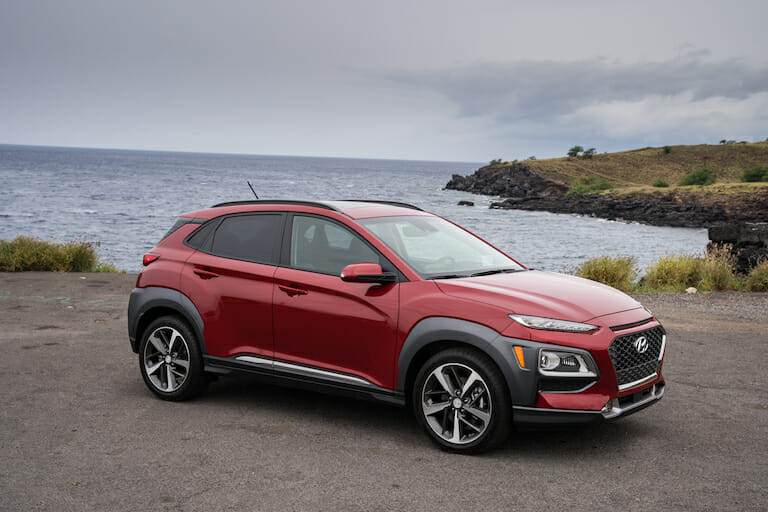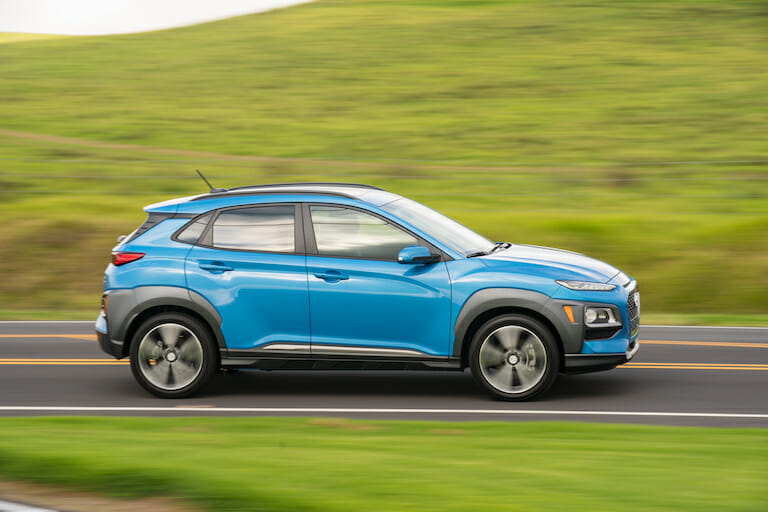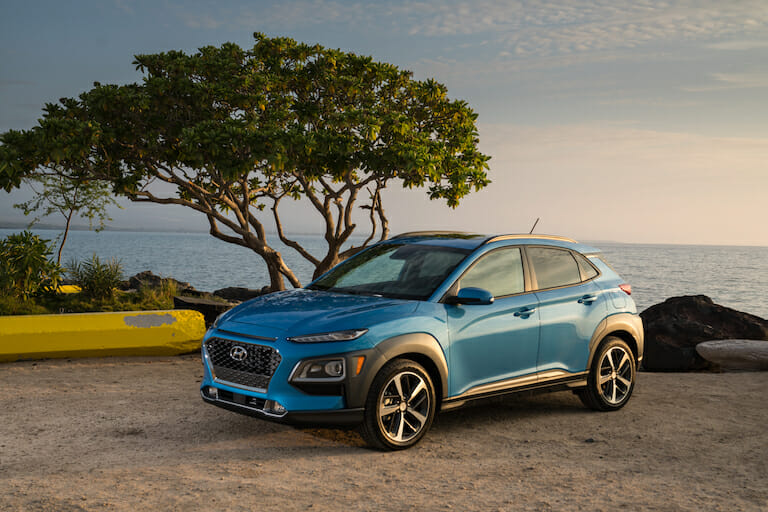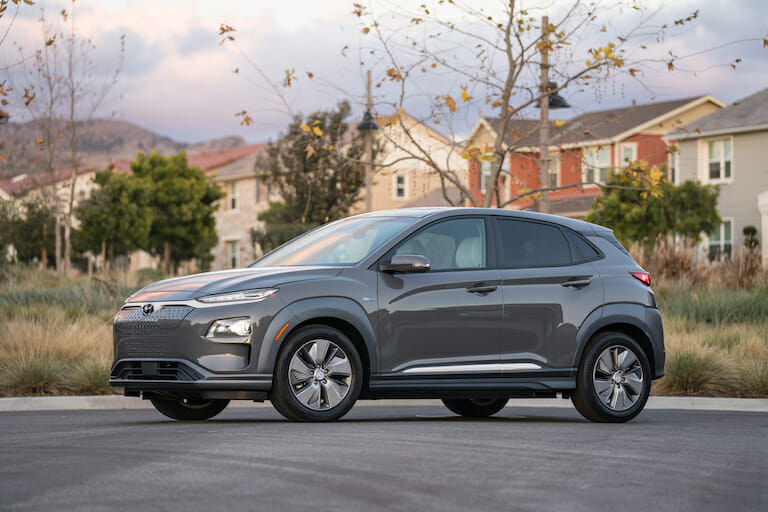Hyundai’s Kona has only been on the road a few years, but it’s shaping up to be a dependable subcompact crossover with few major issues and low maintenance costs. Owners can generally expect a 200,000-mile life expectancy.

Key Points
- Data on the Hyundai Kona‘s life expectancy is limited because the car is so new. However, the subcompact SUV’s platform shares aspects with the Elantra, which averages a 200,000-mile life expectancy.
- Hyundais don’t always last as long as Hondas and Toyotas. But this has more to do with demographics than design. Many Hyundai drivers use the car until the wheels fall off. But Toyota and Honda drivers take extra care of their Civics and Tundras.
- The car has had very few recalls, and no investigations, but watch out for a potential oil leak in 2019-2021 models.
- There is little data available on maintenance costs for the Kona, but Hyundai as a brand averages $468 a year in repairs.
- Hyundai CVT fluid needs to be changed every 50,000 miles or so. Neglecting the service schedule is the easiest way to ensure your Kona never crosses 100k.

Most Drivers Will Get Around 200,000 Miles in a Hyundai Kona, Some Will Get Many, Many More
The Hyundai Kona debuted in 2017. So, there’s not a whole lot of data on the platform it’s built on, because the Kona was developed with Hyundai’s brand-new B-segment SUV platform. But, knowing what we know of the Hyundai i30 platform on which the B-segment SUV was based, it’s not hard to make an informed estimate.
In studies on longevity, the Hyundai usually comes up a bit short. On average, if you have one hundred of a particular vehicle on the road, one of them will have passed 200,000 miles and still be running with the original engine and transmission.
Leading brands like Toyota and Honda might double that number. For Hyundai, however, the ratio is more like one in three hundred.

Hyundais Don’t Always Last as Long as Hondas and Toyotas Because Owners Drive Them Differently
Hyundai’s one in 300 ratio doesn’t necessarily mean that the cars are unreliable. A big contributing factor here is that they’re so affordable, so people will simply drive a Hyundai til the wheels fall off, and then buy a new one.
However, someone driving an F-150 is more likely to put the extra time and money into keeping it running well past a quarter-million miles.
So, on the conservative end, you should expect to get around 200,000 miles in a Kona. But the B-segment platform’s forebear, the i30, helped to carry at least one Elantra past the million-mile mark.
Bottom line: Hyundais don’t always last as long as Hondas and Toyotas because people drive them like Hyundais. Drive it like a Hyundai and you can expect a life expectancy max of 200,000 miles. Drive it like a Honda, and you might double that.

Problems for the Kona Have Been Relatively Few, but Watch Out for Excessive Oil Consumption
Across five model years, there have been few recalls or complaints, and the Kona has yet to generate a single investigation. But, drivers of 2019-2021 models should check for a recall for improperly heat-treated piston oil rings. The recall affected over 150,000 vehicles, including the Kona, so there’s a good chance your number’s on the list.
If the oil rings aren’t properly heat treated, then the seal is bad, which can lead to oil leaks. At the very least, that’s going to have you burning through oil at a rapid pace. At worst, you’re looking at a major fire hazard with oil leaking all over the engine.
Oil leaks are the kind of problem that, if left unchecked, can take years off of a vehicle’s life expectancy. So, even if your car never catches fire, you’re still losing tens of thousands of miles on the deal.

Regular CVT Fluid Changes Will Ensure Your Hyundai Kona Goes the Distance
It may be too soon to tell exactly how long the Hyundai Kona can be expected to last, but with proper maintenance, there’s no reason you shouldn’t be able to top 200k. That said, if you neglect the CVT, you’ll be lucky to reach half that.
One-speed CVT has pretty much become the norm in compacts these days, and while it can last just as long as any automatic or manual transmission, it will only get there if you stick to the service schedule.
Where an automatic will have you changing the transmission fluid every 60,000 to 100,000 miles, Hyundai typically recommends changing your CVT fluid every 50,000 miles.

Some drivers even recommend getting your fluid changed as early as 25,000, which may sound excessive, but these drivers are usually the guys putting seven digits on the odometer.
It’s going to be a while before the first Konas start joining the high-mileage club. But based on what we know of the Elantra and Hyundai in general, it should be able to go the distance, but only in the hands of the right driver.
Photos: Hyundai
